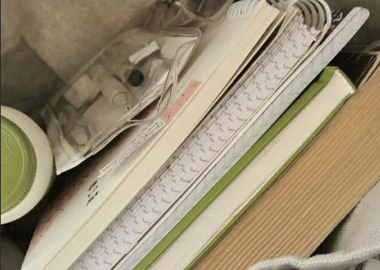Physics
Cards (35)
- Rock cycle
- Weathering
- Erosion
- Minerals
- Sedimentary rocks
- Igneous rocks
- Metamorphic rocks
- Strata
- Global warming
- Carbon sink
- Greenhouse effect
- Recycling
- How are sound made?
- The volume of a sound is shown by the what?
- Light can do what in a vacuum?
- What is refraction?
- What are the seven colours of light in order?
- Why do objects appear in different colours?
- What is refraction?
- What only lets their own colours through?
- A) WavelengthB) CrestC) amplitudeD) troughE) Origin
- A) Incident rayB) Angle of incidentC) Angle of reflectionD) Reflected ray
- A) Incident rayB) Angle of IncidenceC) NormalD) Angles of refractionE) Refracted ray
